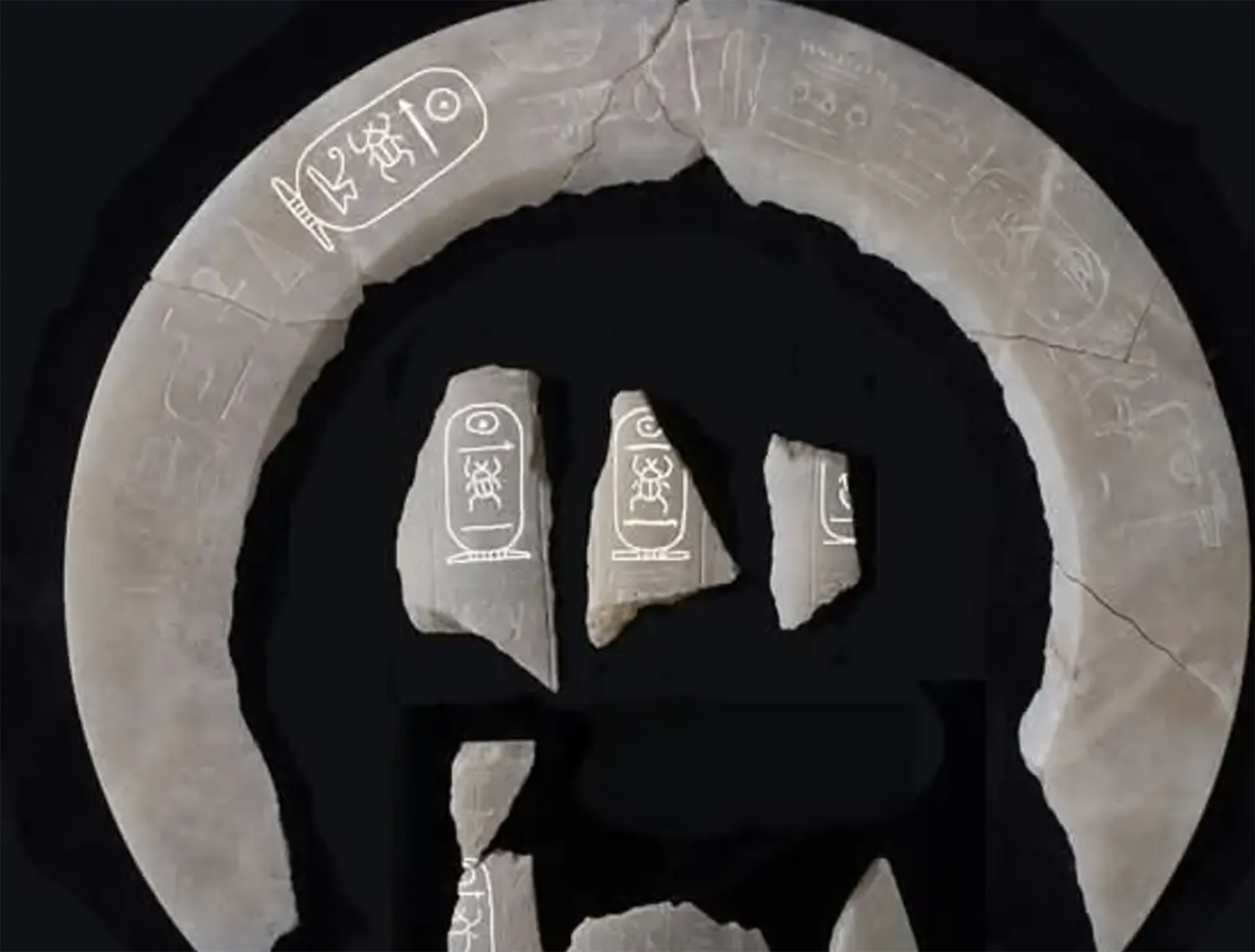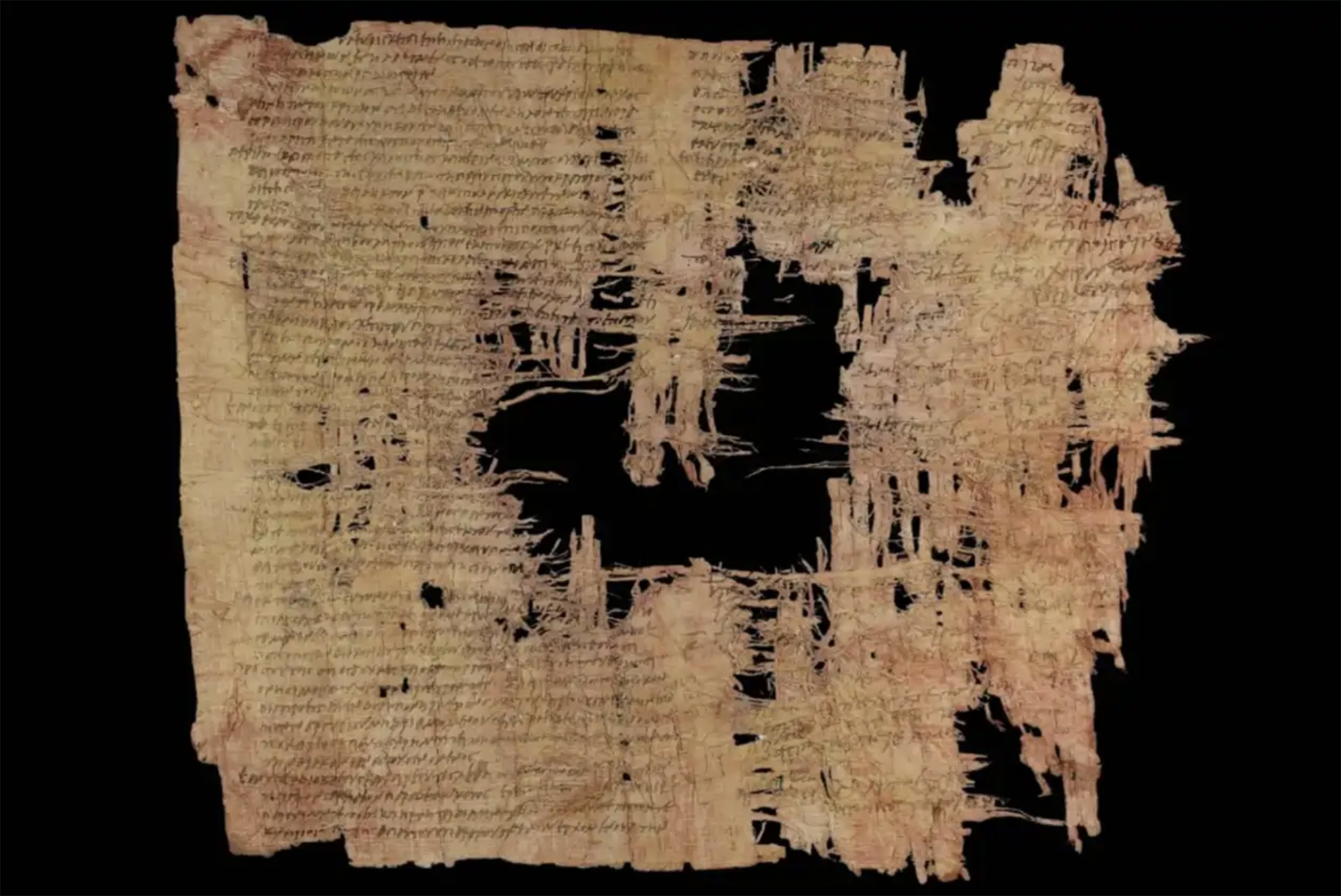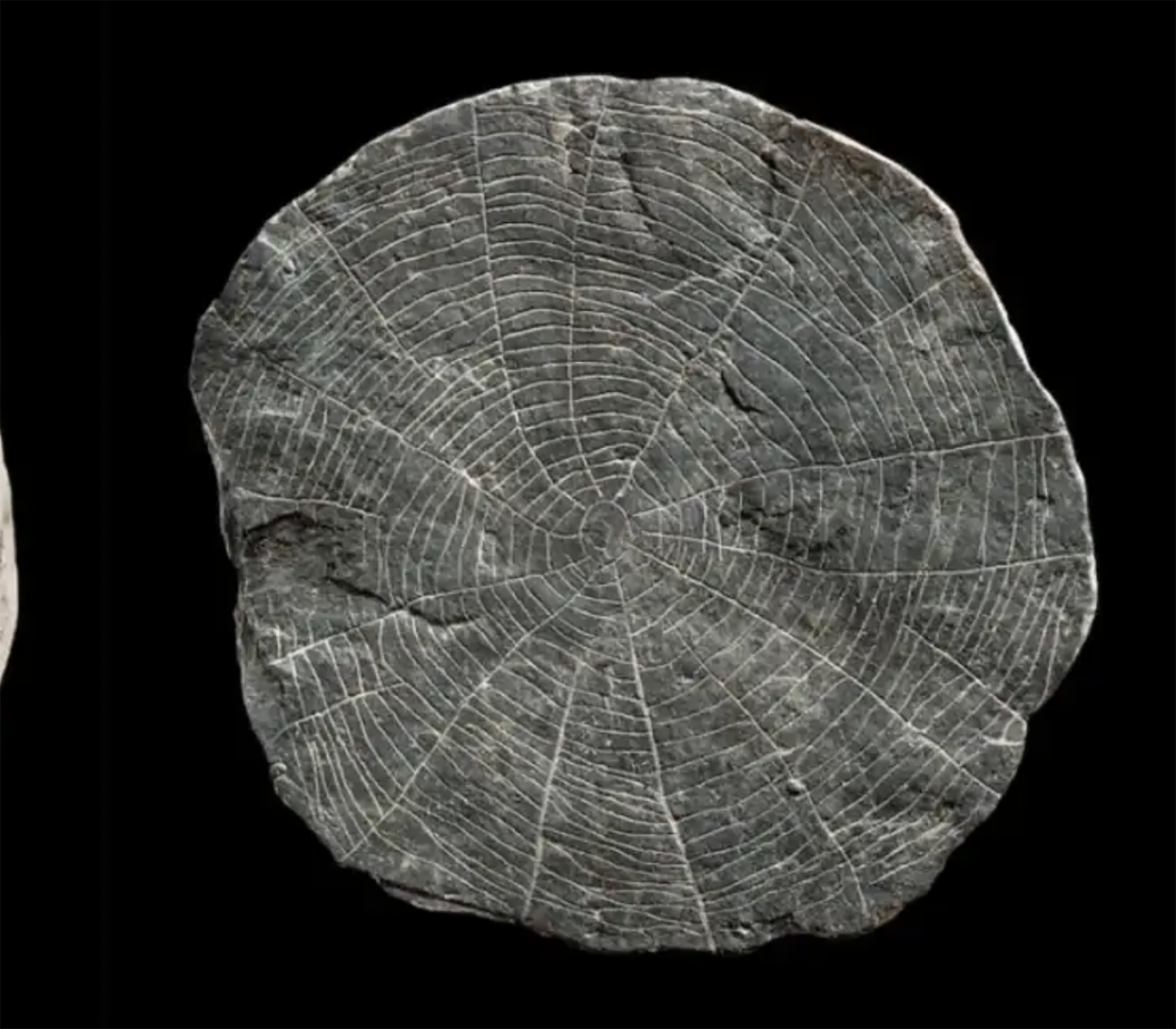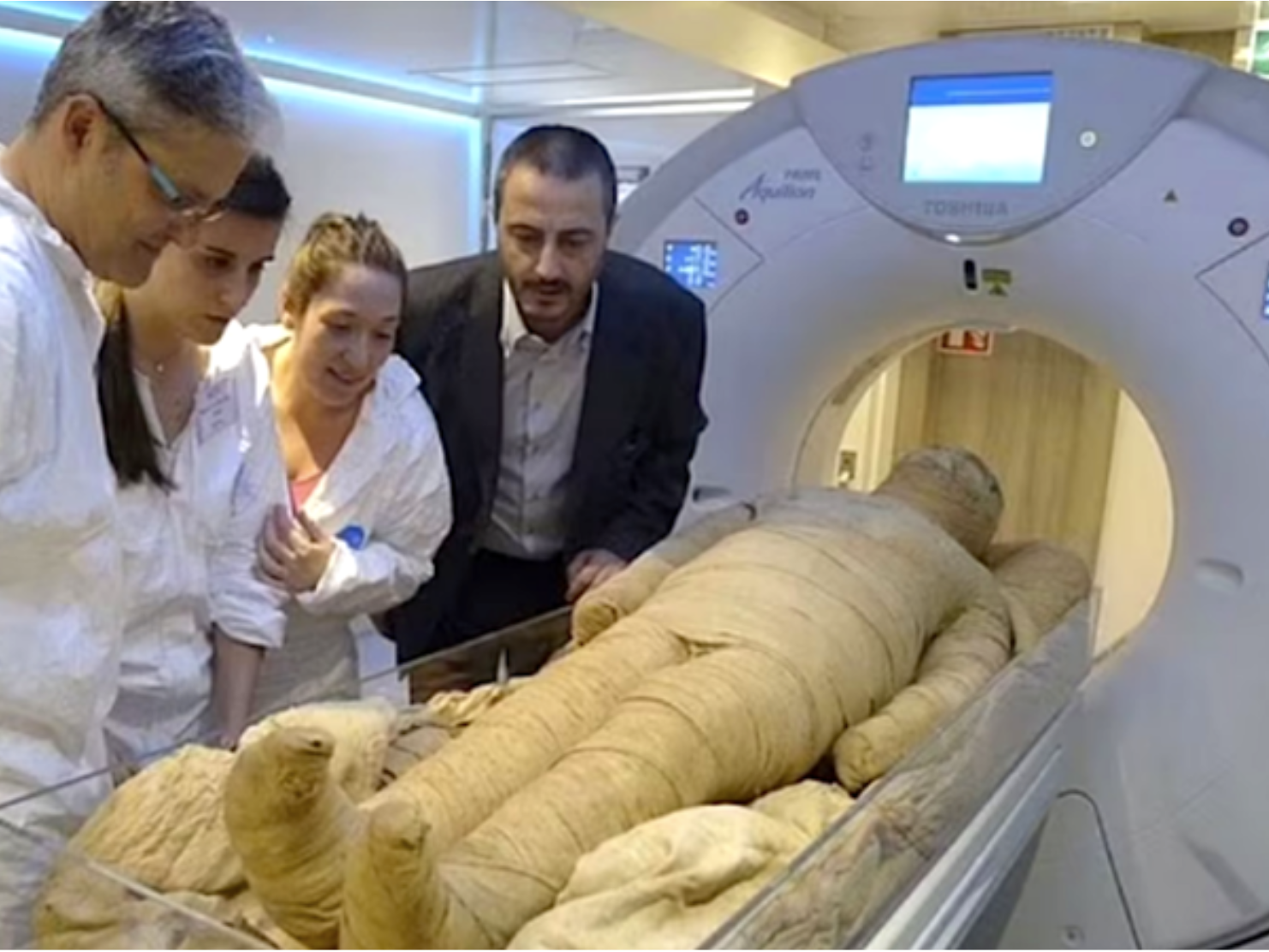Cybertonia, metaverse seed
- The USSR, 1 January 1960. At the feast of the new year of the Kiev Cybernetic Institute, researchers came up with inventing a virtual country in joke. They'd call him Cybertonia, and without losing a sense of humor, they would continue to develop this idea in the 1960s.
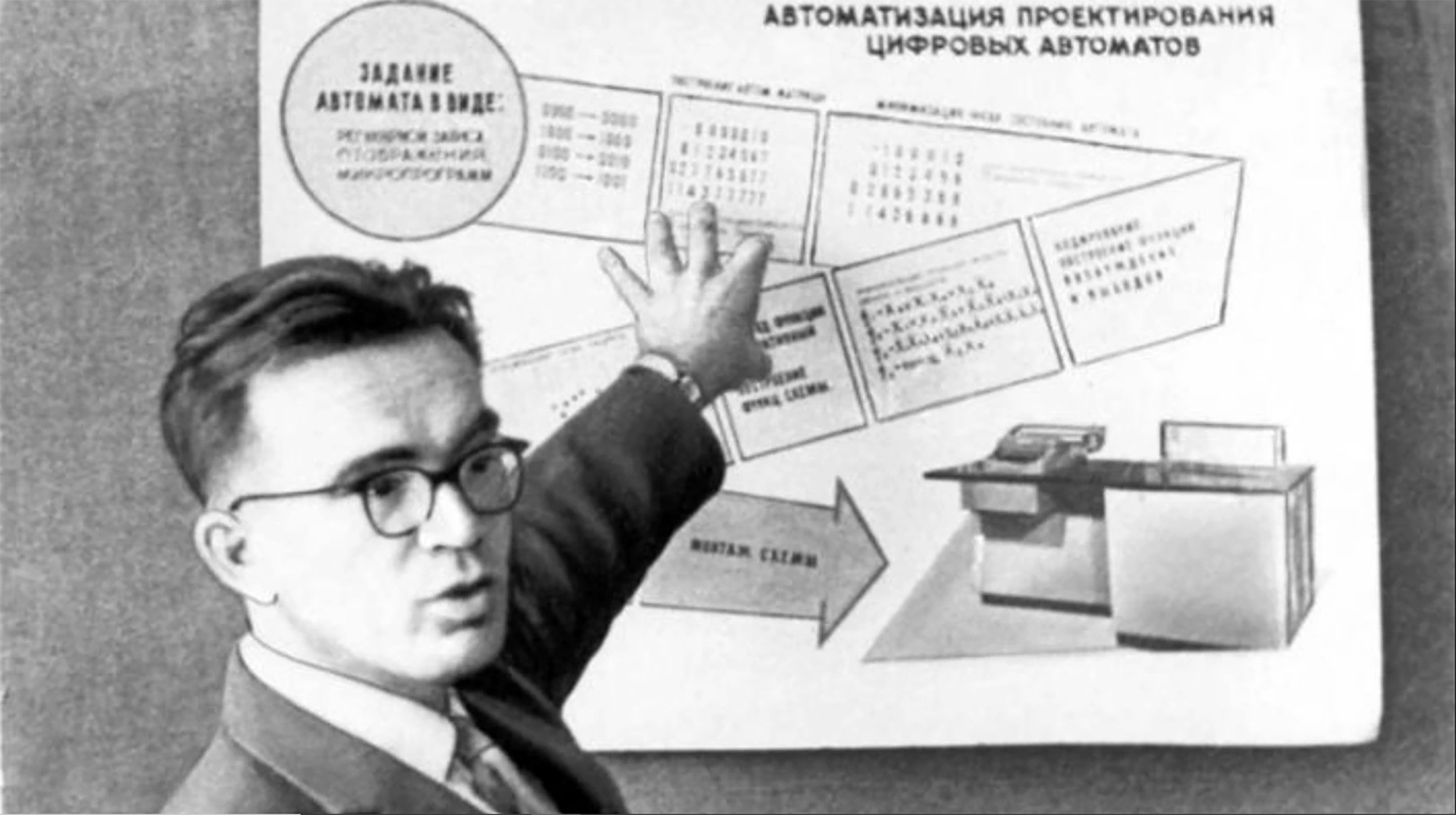
Russian mathematician Victor Glushkov (1923-1982) has just been appointed director of the Kiev Cyber Institute. Glushkov, considered a pioneer of cybernetics, made important contributions to automata theory, algorithm algebra, artificial intelligence or automated economic management.
But in the 1960s, his team’s main mission was to develop what was proposed in the past decade by military scientist Anatoly Kitov. Kitov's intention, and from there that of Glushkv, was to expand the network connecting military computers and make it available to civil society, in other words, to develop the Internet. We know that this competition was won by the United States, but the Soviet problem was not technological. The scientists in Kiev were able to make progress on this road, but the obstacle was in Moscow; the Soviet authorities found it too dangerous to grow exponentially and put them at the service of the citizens.
For them, Cybertonia was a getaway to relieve frustration. The virtual country was officially founded two years later, in 1962, and elements were gradually incorporated. They had a government, the Cybertonia Robot Council, and a constitution. They created the newspaper, the currency of their own, the passport -- and the pet, a robot playing saxophone, because the Cybertonians were fans of jazz music. They also signed a marriage certificate.
They organized scientific conferences, symposia and, occasionally, celebrations. In fact, the population of Cybertonia was young; the average age of researchers at the Cybernetic Institute was 25 years when they began to create the virtual world.
But by 1970 they had to abandon the development project of what the Internet would be, and at the same time, Cybertonia was shut down.
The members of the Kiev Cybernetics Institute, or the Cybertonians, had no tools to do everything they thought. It would take a few decades to develop this technology. But they laid the foundation for many of the ideas that today are used by meta-verse platforms. In other words, they thought of the first metaverse.
Luxorren, Erregeen Haranetik gertu, hilobi garrantzitsu baten sarrera eta pasabide nagusia aurkitu zituzten 2022an. Orain, alabastrozko objektu batean Tutmosis II.aren kartutxoa topatu dute (irudian). Horrek esan nahi du hilobi hori XVIII. dinastiako faraoiarena... [+]
AEB, 1900eko azaroaren 6a. William McKinley (1843-1901) bigarrenez aukeratu zuten AEBetako presidente. Berriki, Donald Trump ere bigarrenez presidente aukeratu ondoren, McKinleyrekiko miresmen garbia agertu du.
Horregatik, AEBetako mendirik altuenari ofizialki berriro... [+]
Urruña, 1750eko martxoaren 1a. Herriko hainbat emakumek kaleak hartu zituzten Frantziako Gobernuak ezarritako tabakoaren gaineko zergaren aurka protesta egiteko. Gobernuak matxinada itzaltzeko armada bidaltzea erabaki zuen, zehazki, Arloneko destakamentu bat. Militarrek... [+]
In the Maszycka cave in Poland, remains of 18,000 years ago were found at the end of the 19th century. But recently, human bones have been studied using new technologies and found clear signs of cannibalism.
This is not the first time that a study has reached this conclusion,... [+]
Porzheim, Germany, February 23, 1945. About eight o’clock in the evening, Allied planes began bombing the city with incendiary bombs. The attack caused a terrible massacre in a short time. But what happened in Pforzheim was overshadowed by the Allied bombing of Dresden a few... [+]
Poloniar ikerlari talde batek Sevillako Italica aztarnategiko Txorien Etxea aztertu du, eta eraikinaren zoruko mosaikoak erromatar garaiko hegazti-bilduma xeheena dela ondorioztatu du.
Txorien etxean 33 hegazti daude mosaikoetan xehetasun handiz irudikatuta. Beste... [+]
Judea, 2nd century AD. In the turbulent atmosphere of the Roman province, a trial was held against Gaddaliah and Saul, accused of fraud and tax evasion. The trial was reported on a 133-line paper in Greek (pictured). Thinking that it was a Nabataean document, the papyrus was... [+]
Vietnam, February 7, 1965. The U.S. Air Force first used napalma against the civilian population. It was not the first time that gelatinous gasoline was used. It began to be launched with bombs during World War II and, in Vietnam itself, it was used during the Indochina War in... [+]
Archaeologists have discovered more than 600 engraved stones at the Vasagård site in Denmark. According to the results of the data, dating back to 4,900 years ago, it is also known that a violent eruption of a volcano occurred in Alaska at that time. The effects of this... [+]
Japan, 8th century. In the middle of the Nara Era they began to use the term furoshiki, but until the Edo Era (XVII-XIX. the 20th century) did not spread. Furoshiki is the art of collecting objects in ovens, but its etymology makes its origin clear: furo means bath and shiki... [+]
In an Egyptian mummy of 3,300 years ago, traces of Yersinia pestis, the bacterium that caused the Justinian plague in the 6th century and the Black Plague in the 14th century, have just been found.
Experts until now believed that at that time the plague had spread only in... [+]
Greenland, the end of the 10th century. The first Scandinavian explorers and settlers arrived on the island. But by the 15th century these settlements had been abandoned and the original Inuit remained. But in 1721, the missionary Hans Egede organized an expedition and the... [+]
In 2017, Indonesia and the Netherlands signed an agreement to return the heritage stolen by the European country because of colonialism for three centuries. The Indonesian responsible for the return process, Gusti Agung Wesaka Puja, explained that this agreement "was important in... [+]
Greece 1975. The country began the year as a republic, three weeks earlier, in the referendum on 8 December 1974, after the citizens decided on the end of the monarchy.
A decade earlier, in 1964, when King Paul I died, his son Constantine took the throne at the age of 23.
But... [+]
Copenhagen, 18 December 1974 At 12 noon a ferry arrived at the port, from where a group of about 100 Santa Claus landed. They brought a gigantic geese with them. The idea was to make a kind of “Trojan Goose” and, upon reaching the city, to pull the white beard costumes... [+]











